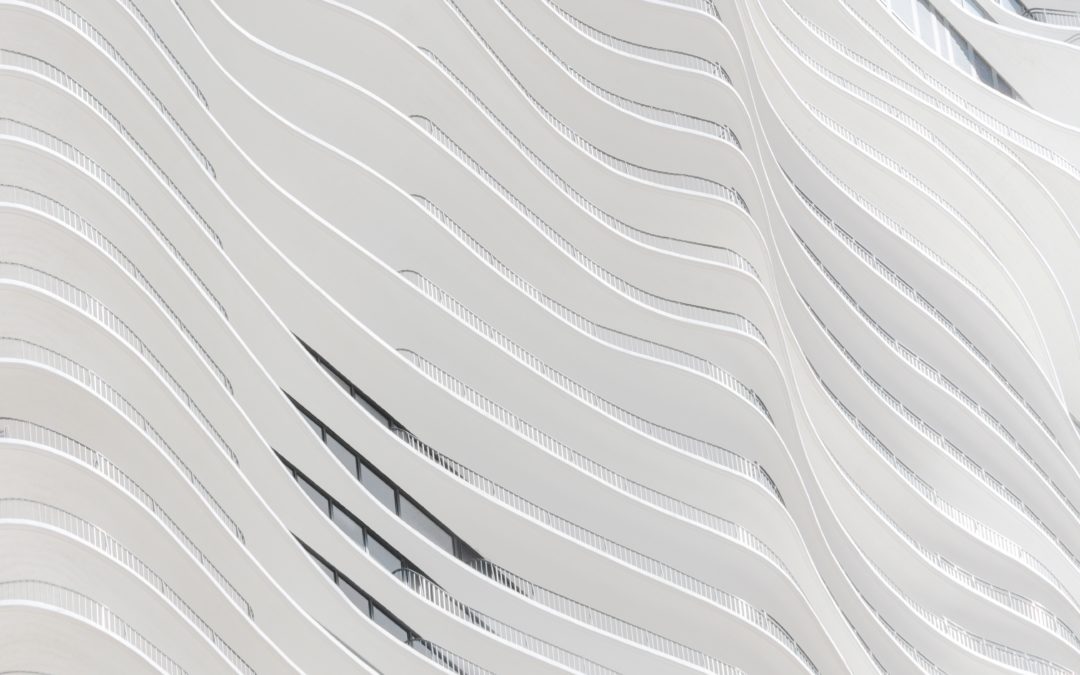Clinical Anatomy 20:400–406
4 ottobre 2006
By Veronica Macchi, Cesare Tiengo, Andrea Porzionato, Anna Parenti, Carla Stecco, Franco Bassetto, Raffaele Scapinelli, Giuseppe Taglialavoro and Raffaele de Caro.
Abstract:
Surgical reconstruction of severe brachial plexus injuries includes nerve grafting and neurotization techniques of the musculocutaneous nerve (MCN) to recover elbow flexion. In treating recurrent anterior shoulder instability, knowledge of the topography of the MCN is important for the margin of safety available during dissection. The present study evaluates the origin and course of the MCN and its branches, and their relationships to bone landmarks. Twelve unembalmed cadavers (50–82 years old) were dissected. A histological study of the MCN and the coracobrachialis muscle (CB) was also carried out. The mean distance (6SD) of the MCN from the coracoid process to the origin, points of entry to, and exit from the CB were 2.9 6 0.5 cm, 7.7 6 2.5 cm, and 11.6 6 0.8 cm, respectively. The first two findings were also validated during surgical approaches to the shoulder in 59 subjects. The mean distance of the MCN from the acromion to the origin, points of entry to, and exit from the CB were 6.4 6 0.3 cm, 7.7 6 0.8 cm, and 10.4 6 1.9 cm, respectively. The mean length of the MCN from its origin to the points of entry to and exit from the CB were 6.7 6 1.6 cm and 11.0 6 1.0 cm, respectively. The mean length of the MCN inside the muscle was 4.4 6 1.9 cm. The distance from the coracoid process to the point of entry to the CB and the length of the MCN inside the muscle were inversely related (P < 0.05). The distance from the coracoid process to the point of exit of the MCN was positively correlated with the length of the nerve within the CB (P < 0.05). Histology showed that, during the intramuscular course of the MCN, the epineurium is composed of 4–5 concentrically arranged lamina of connective tissue which shows different dispositions along the circumference of the nerve trunk. On the ventral and dorsal aspects of the nerve the lamina are closely packed, but on the medial and lateral sides they are separated by thin layers of adipose tissue. This uneven disposition of the adipose tissue gives the epineurium an oval profile in transverse section (mean circular factor 0.8). The arrangement of the fibroadipose tissue sheaths may be compared to a ‘‘telescope’’ and may allow compliance between variations of length of CB and the constant course of the MCN. Clinically, a decrease in this ‘‘sliding system’’ may expose the nerve to mechanical effects of muscle contraction, with the possibility of a compression syndrome.
Full text at this link. DOI 10.1002/ca.20402

